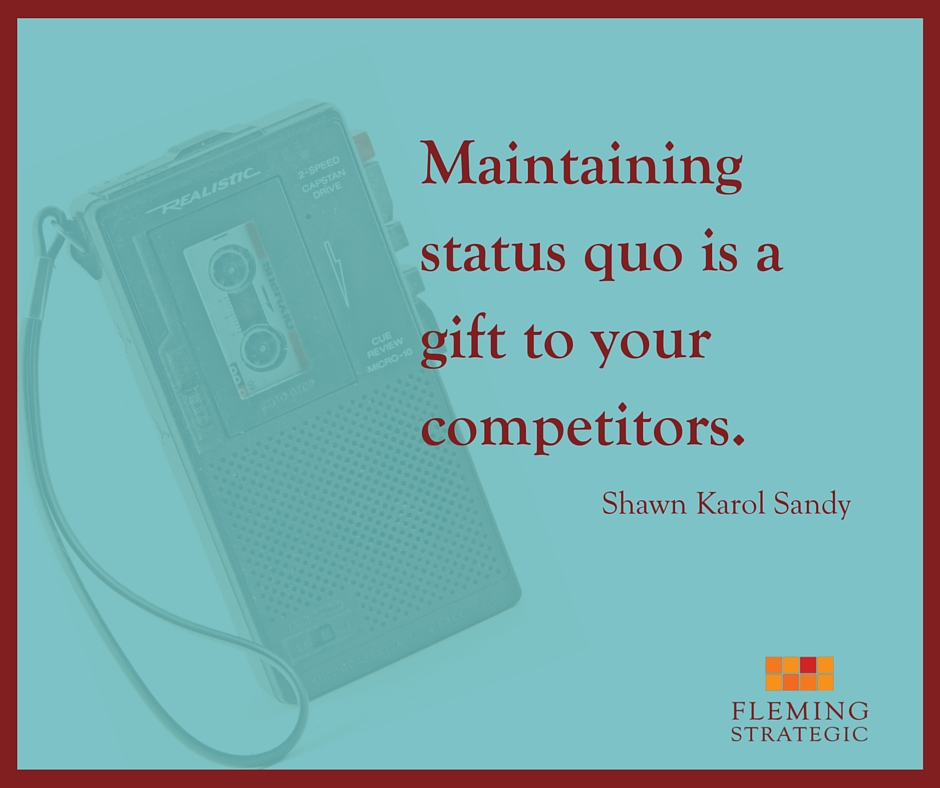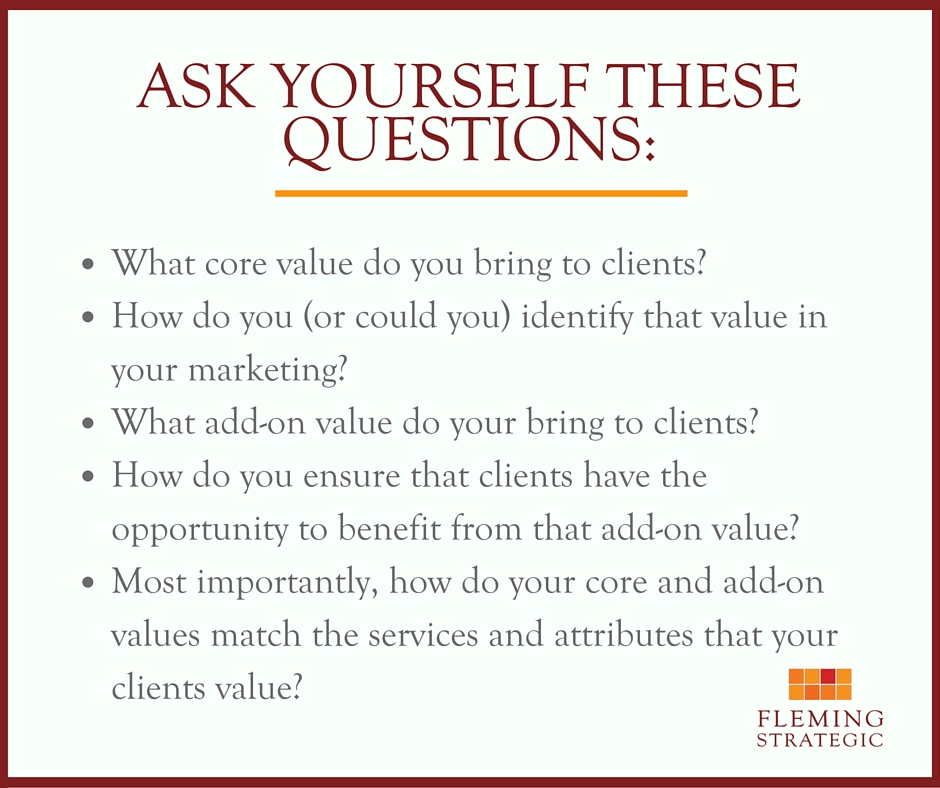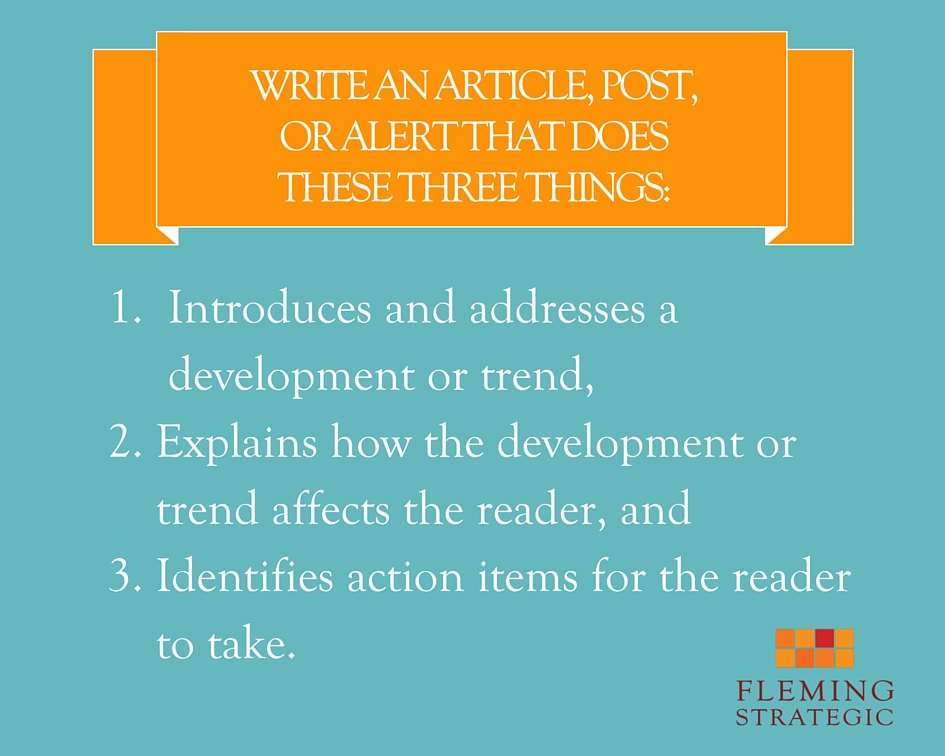One of the top client complaints received by bar associations across the country has to do with lawyers’ failure to return telephone calls. I haven’t seen statistics, but I suspect that clients also complain about lawyers who fail to answer email. Clients expect that lawyers will communicate with them in a timely manner, and on the surface, just about all lawyers agree. And the same is true for other service providers, including those who don’t have a professional oversight board of some sort.
But we’ve all had that annoying client. You know, the one who is constantly on the phone or sending yet another email with an unnecessary question or comment. The one who is so insistent on knowing when a task will be completed that it may feel like you won’t have time to do the work unless you “ignore” the client for a while. And even if you don’t have one of those clients, you’re probably still swimming in telephone calls and emails – we all are these days.
So, how do you deal with client expectations about communications? If you meet every expectation, you may fear that you’ll add dramatically to your workload and you may worry that your clients will dictate how you operate your business; if you don’t meet expectations, you may find yourself on the wrong end of a complaint, or you may discover that dissatisfied clients are telling their friends and colleagues about your [perceived] poor service. What’s the answer to this catch-22?
Have a conversation with your clients about communications at the time of engagement. The most dangerous expectations are those that go unexpressed. If, for example, a client is expecting a weekly check-in and you don’t realize that, it’s probably a safe bet that the client will quickly feel dissatisfied and either start clamoring for attention or silently smoldering. If you ask what the client expects, you’ll have an opportunity to meet that expectation.
And, you may choose not to meet the client’s expectations, instead finding an arrangement that works for you as well as for your client. When there’s nothing pressing, for instance, you may not communicate with the client for some period of time. If you bill based on time, unnecessary communications will run up your client’s bill (perhaps creating greater dissatisfaction), and if you use a flat fee arrangement, unnecessary communications can eviscerate your profit. Planning in advance to advise that a quiet period is coming instead of taking the time to give weekly reports of “nothing new” will serve your client and yourself.
When you discuss expectations, you can respond to what your client expects by sharing your own expectations. Some clients will be satisfied when they understand when and why you communicate (especially if you agree to communicate in the manner your client prefers), some may negotiate with you in some way, and some may choose not to hire you. Regardless of the outcome, both of you will come out ahead for having had the conversation.
What’s more, when you build this into your pre-engagement conversation, you may find that this conversation can either convey or serve as a value-add for your client. Your client may not expect weekly updates, but if you share that aspect of your practice in advance and the value that other clients find in those updates, your ordinary habit may be a selling point that gets you hired. And anytime you can both increase the likelihood of securing new work and increasing client satisfaction with one simple conversation, shouldn’t you do it?







